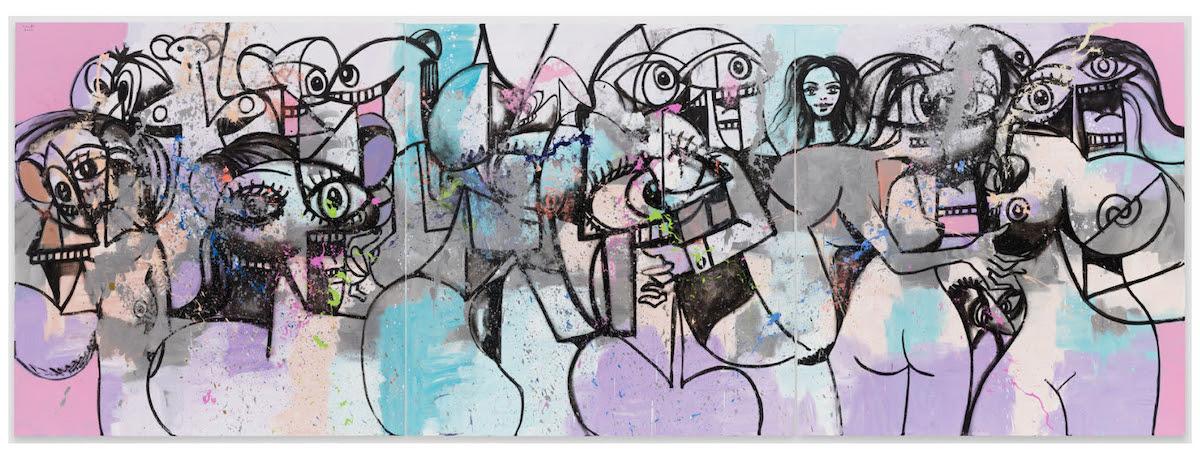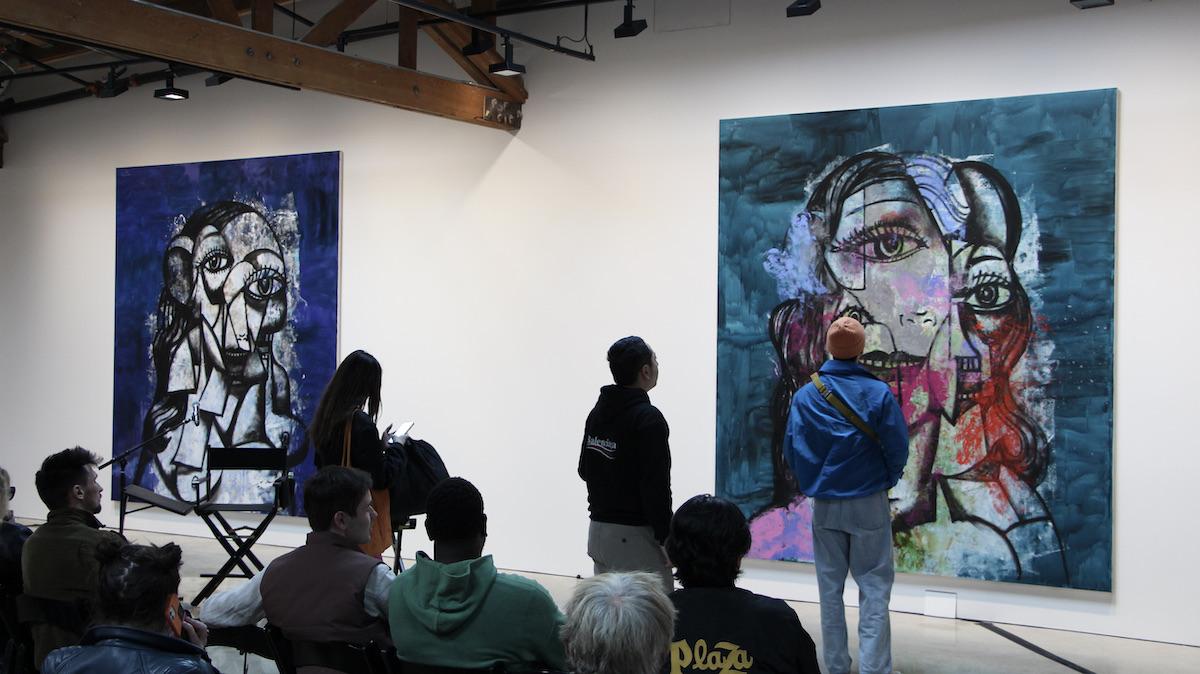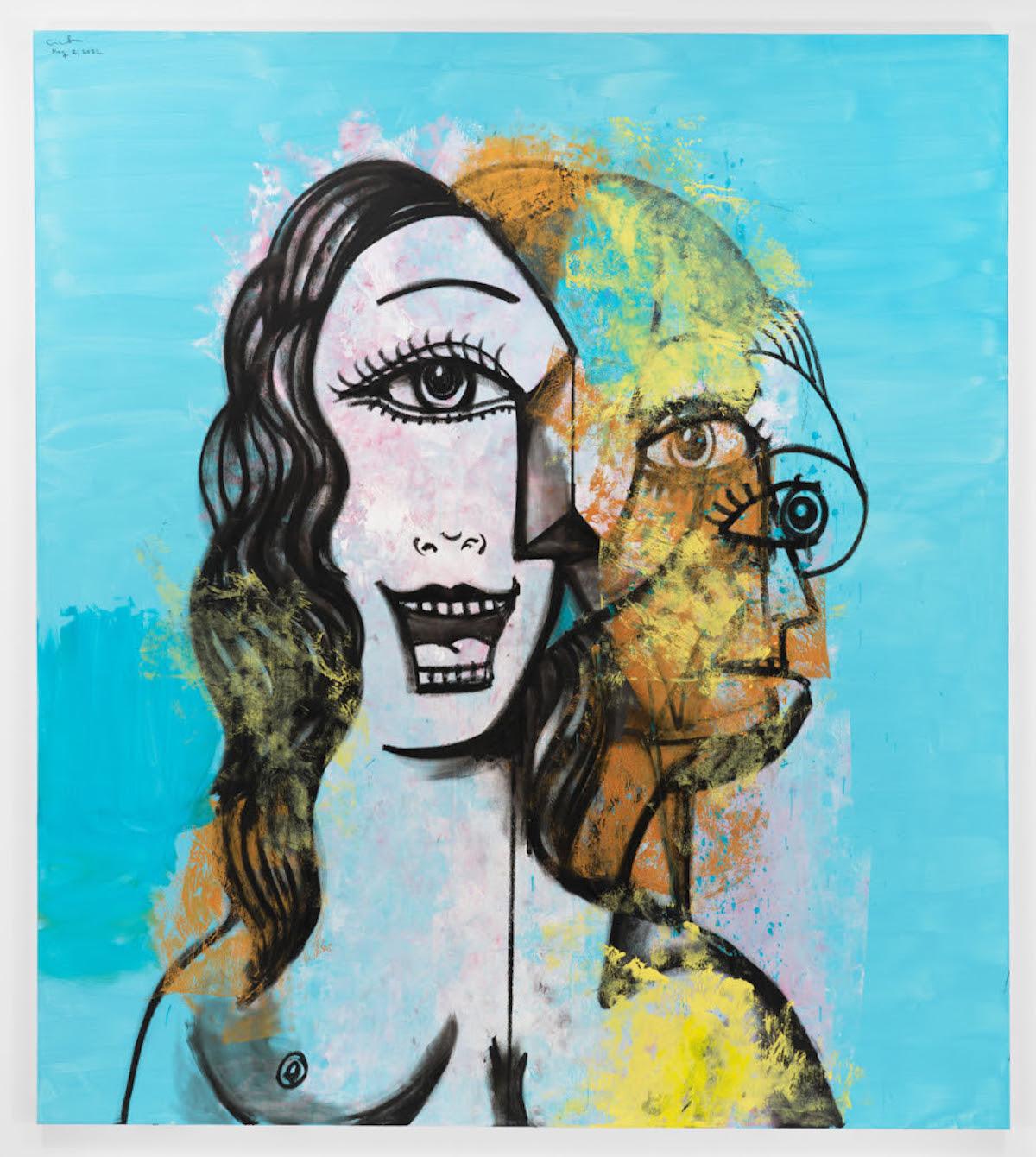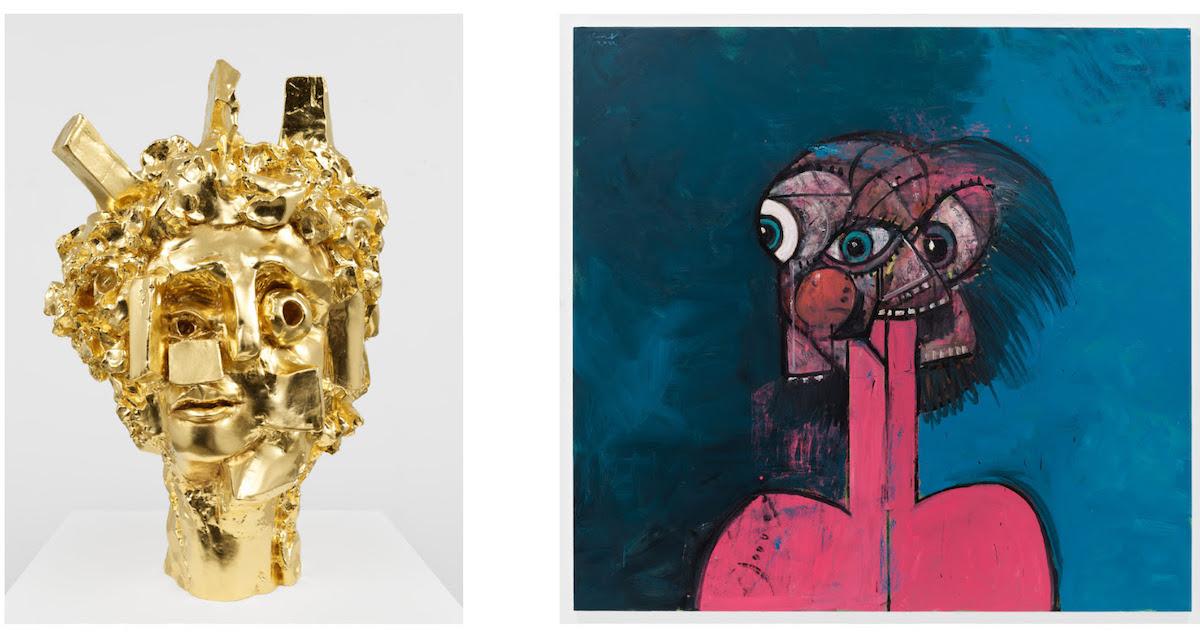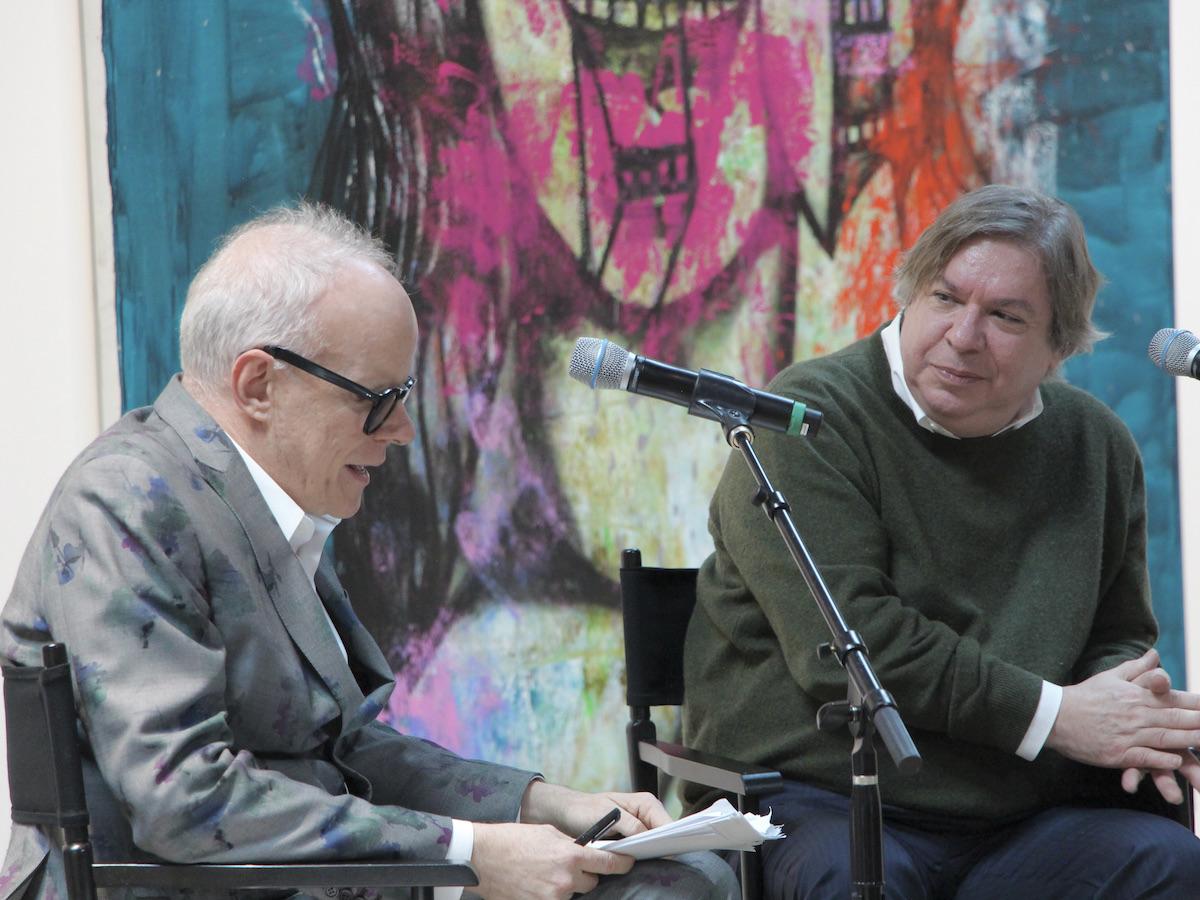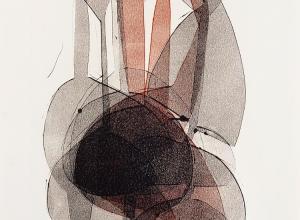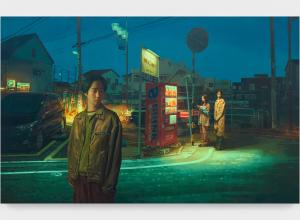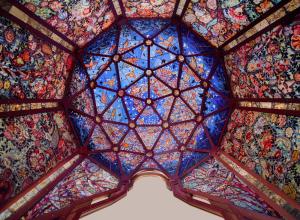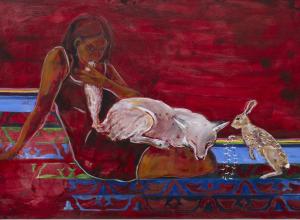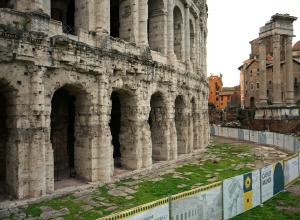Running concurrently with the Hauser & Wirth show is “Humanoids” at Nouveau Musée National de Monaco, a series of portraits by Condo that employ psychological realism in likenesses ranging from Italian Baroque painter Guido Renti to Bugs Bunny.
And if two shows aren’t enough to keep the 65-year-old artist on his toes, a third is at The Morgan Library in New York, “Entrance to the Mind,” consisting of drawings, some dating to his teen years in the 1970s.
“It’s a full spectrum of drawings that relate to paintings that were completed later,” Condo offers. “Some are studies for larger paintings I did in the eighties, the expanding canvases like ‘Dancing to Miles.’”
Born in Concord, New Hampshire, Condo studied art history and music theory at the University of Massachusetts Lowell. After graduating he moved to Boston and took a job in a silk screen shop while pursuing painting and drawing, and playing bass in the punk band, The Girls. In 1979, they played Tier 3, a downtown nightclub in Manhattan. The opening act was a band called Gray, featuring an unknown artist named Jean-Michel Basquiat. The two became fast friends and Condo moved to New York.




